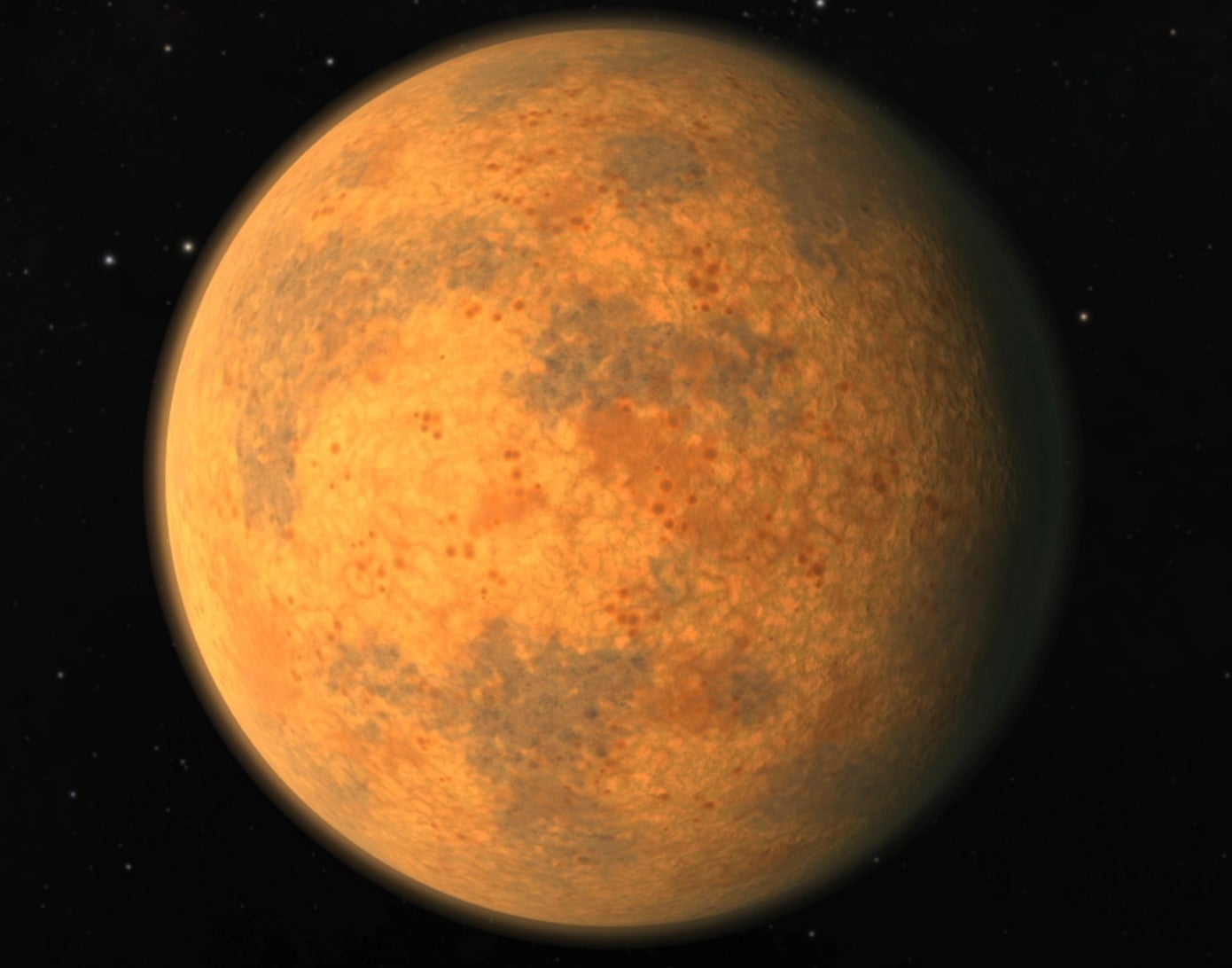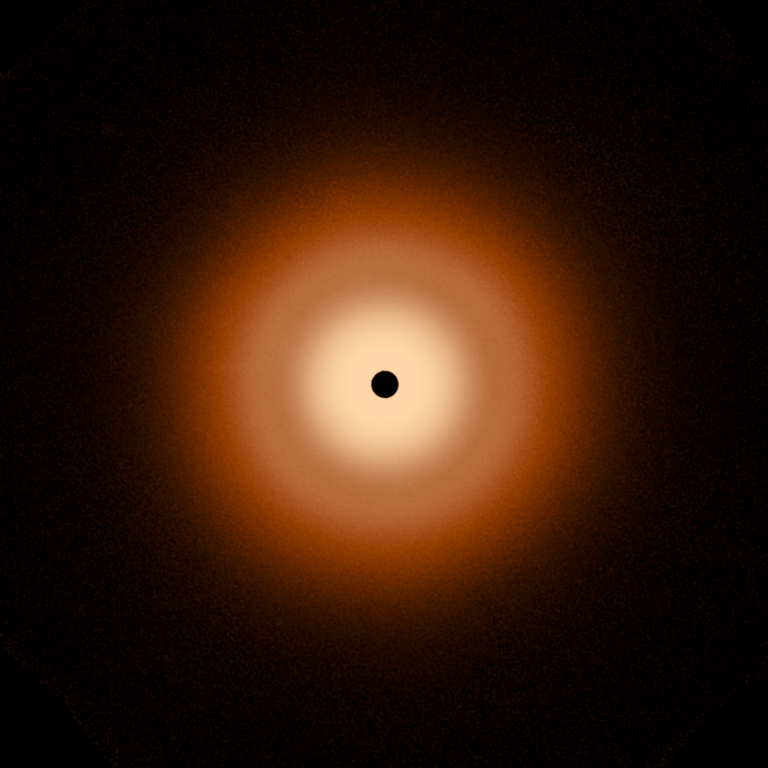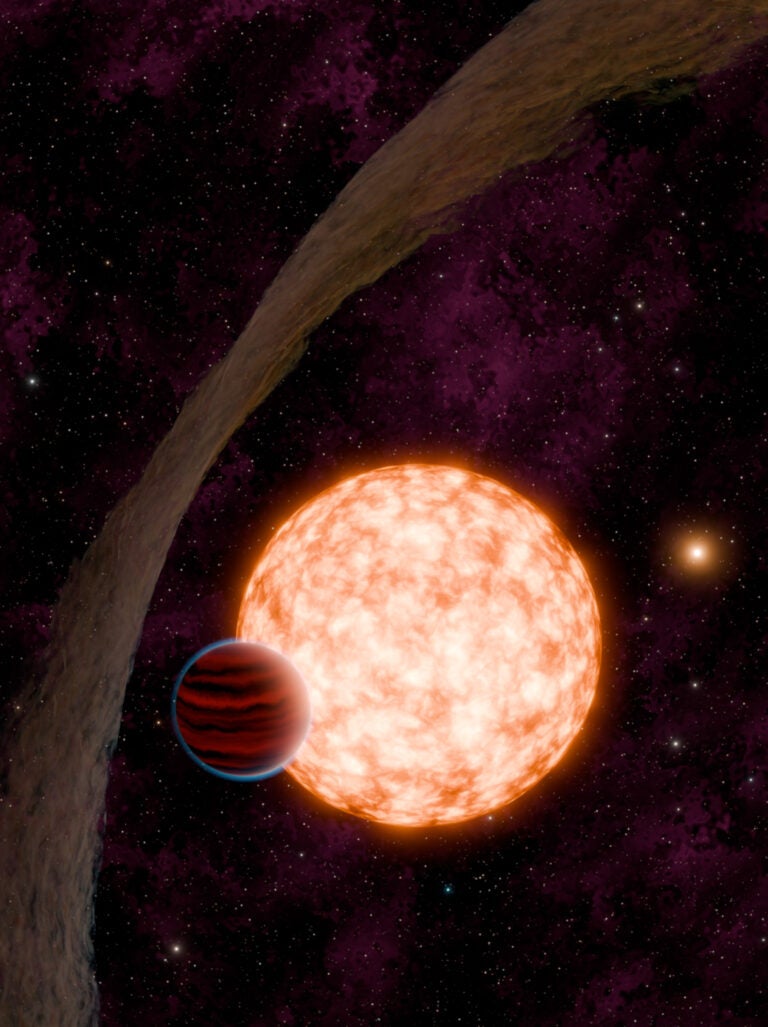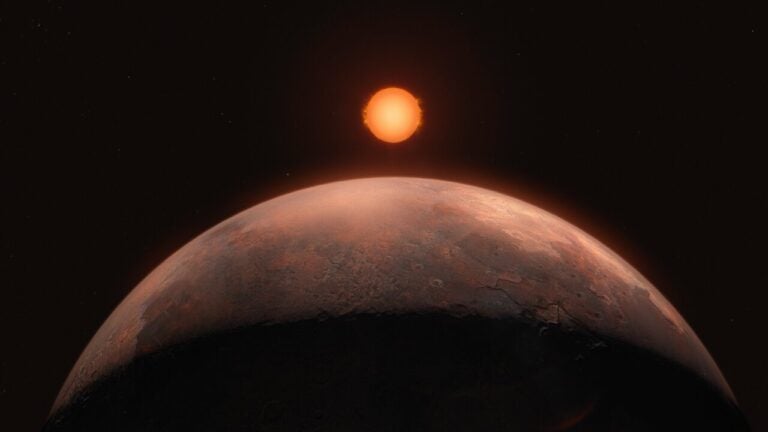
About 40 light-years away from Earth, in the constellation Aquarius, floats TRAPPIST-1, the most studied planetary system outside our own. Three of its seven planets lie within a habitable zone where the system’s ultra-cool red dwarf central star is close enough to produce enough heat for liquid water to flow. In comparison, all of TRAPPIST -1’s exoplanets are closer to the host star than Mercury is to Earth’s Sun. The TRAPPIST telescope first spotted the exoplanet system at the La Silla Observatory in Chile in 2016.
One of the exoplanets, dubbed TRAPPIST-1 c, is not within the habitable zone and is like Venus’ size and temperature. It also has a diameter and mass that closely match Earth. So, researchers suspected this exoplanet also had thick and cloudy atmospheric conditions to those on Venus. But, on further analysis, it’s not a Venus 2.0.
Observations from the James Webb Space Telescope (JWST) have revealed that TRAPPIST-1 c has a thin atmosphere with minimal carbon dioxide. The results, published recently in Nature, can help astronomers understand whether these terrestrial planets may be habitable and how the atmospheres of rocky planets orbiting a star can survive intense stellar winds and ultraviolet radiation.
In space, low-mass sunlike stars can erode their surrounding planets’ atmospheres in the first billion years of their lives. “We wanted to find out if TRAPPIST-1 c may have escaped that fate and could have retained a substantial atmosphere, and perhaps even be similar to the planet Venus in the solar system,” Sebastian Zieba, an exoplanet expert at the Max Planck Institute for Astronomy, said in a statement.
Using observations from JWST from four separate occasions, models, and infrared measurements, the team created ranges of possible atmospheric properties aligned with the data. The amount of infrared light emitted from a planet is related to its temperature and influences its atmosphere.
A thin atmosphere
But TRAPPIST-1 c astonished astronomers. Its temperatures reached 110 degrees Celsius, about 390 degrees cooler than Venus. The infrared light that TRAPPIST-1 c emits also does not match an atmosphere rich with carbon dioxide like that of Venus, which creates sweltering greenhouse effects.
Instead, astronomers now suspect that TRAPPIST-1 c may have a thin gas envelope that was eroded by its sun. Early in its evolution, TRAPPIST-1 c may have formed with little water. Suppose the other colder planets in the TRAPPIST-1 system developed under similar conditions. In that case, they may have also started with little water or other key compounds like carbon dioxide and other volatiles needed for a habitable planet.
“Our results are consistent with the planet being a bare rock with no atmosphere, or the planet having a really thin carbon dioxide atmosphere (thinner than on Earth or even Mars) with no clouds,” said Zieba in a NASA press release. “If the planet had a thick CO2 atmosphere, we would have observed a really shallow secondary eclipse or none at all. This is because the CO2 would be absorbing all of the 15-micron light, so we wouldn’t detect any coming from the planet.”









